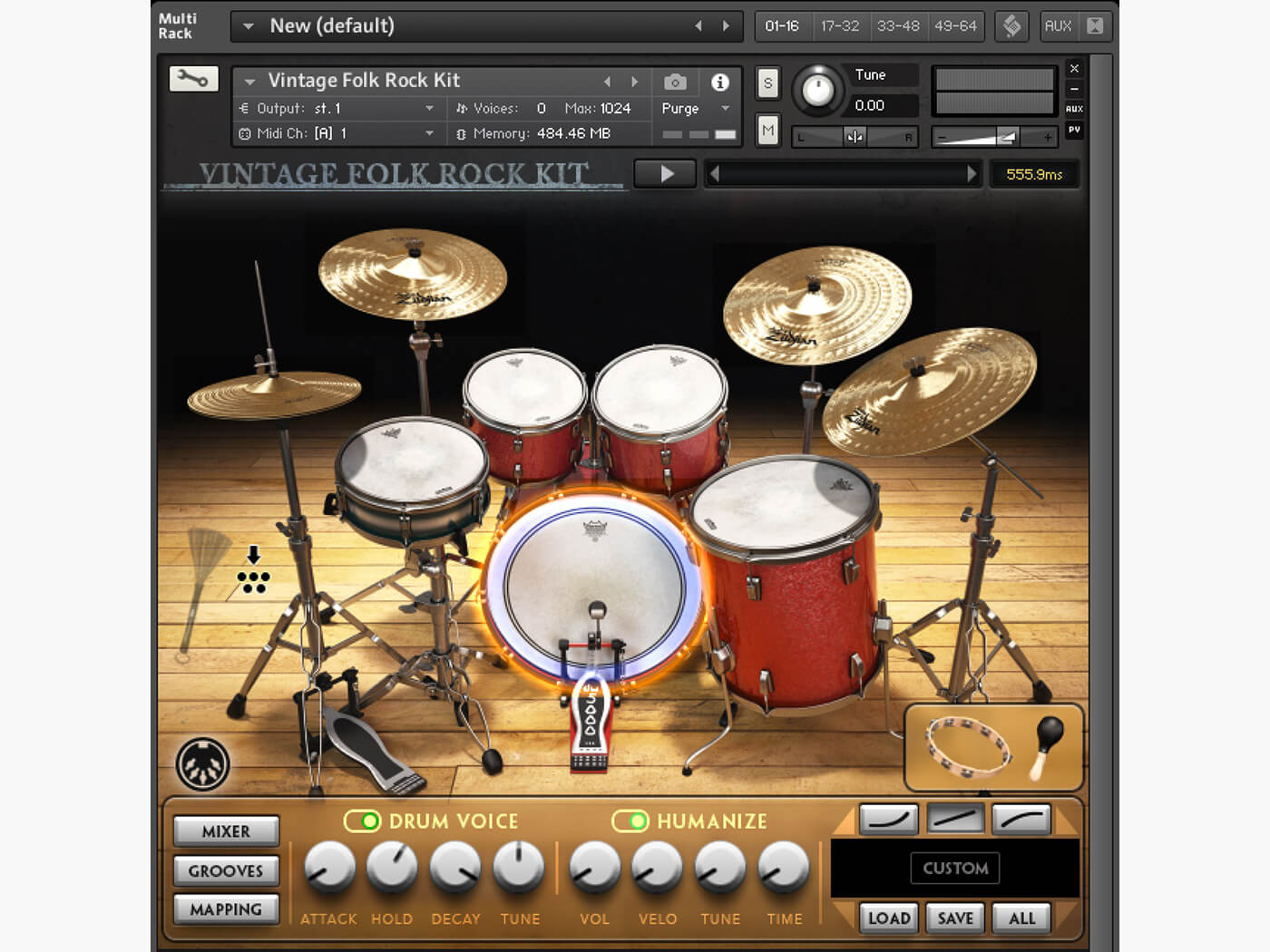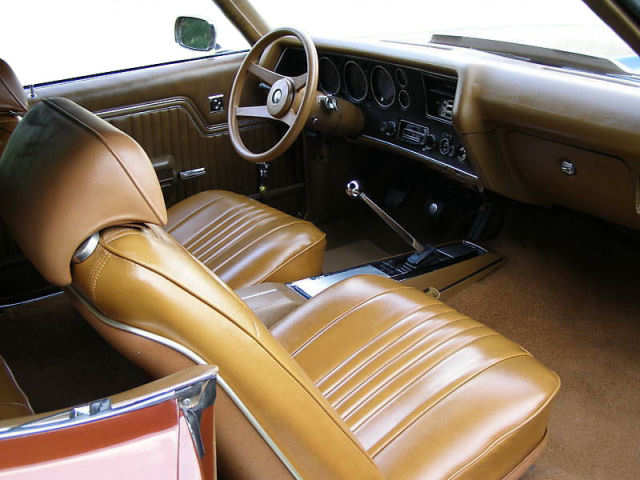

- #Trim enabler for mac for mac#
- #Trim enabler for mac mac os#
- #Trim enabler for mac pro#
- #Trim enabler for mac mac#
#Trim enabler for mac mac#
Some very talented and generous guys have found a way to modify the kernel module of MAC Lion (till 10.7.4 but not on 10.7.5)in order to enable the TRIM function for all SSDs and not only Apple ones. Therefore all non-Apple SSDs don’t get the feature.
#Trim enabler for mac for mac#
Well here comes the bad news for MAC Lion owners … and the the good ones afterwards 🙂 The BAD NEWS:Īpple has restricted the TRIM function only to the Apple identified SSDs. This saves a lot of writing time, therefore keeps the high writing speed of SSDs up to their maximum throughout the life of the SSD. The TRIM function regularly deletes the unused space on SSDs while the CPU/IOs are not too busy. This is where the TRIM function of a system comes in play. This means with time the writing speed of SSDs starts to slow down drastically. In SSDs the technology demands that the old data be first erased before new data will be written, which slows down the writing time. With rotating hard disks, the new data is simply written in the available space without having to erase the old one before. That is where SSDs and rotating hard disks differ. When it is used again the new data will overwrite the old one. So the space that is been made available again will soon or later be used again as we would expect. That is why sensitive information should always be overwritten by something instead of simply erased… but that is another subject. In normal hard disks when a file or directory is been erased, in fact the space used by the file or directory is simply put back on the unused space list. maybe I missed an option.Did you just buy an SSD for your MAC running Lion and would like to get the best of it? A short explanation: Mojave seems to force APFS on installation. my data drives are Samsung SSDs with HFS, so Trim required and System drives are APFS and OWC SSD, which do not need Trim enabled. I have a combination of different SSD drives. It's better to do the routine everyone knows by now to go back to HFS+ and enable trim, or the not recommended option, stay on APFS and disable trim. The Issue with Trim and APFS on 3rd party SSDs seems to be caused by Trimming taking place as the computer is booting so the more data you had on your SSD the longer your boot would take. I'm no expert on this though, but is a very experienced user, so I respect his opinion. * If you are using HFS+ on an NVME SSD or SSD then Trim should be enabled by the user either by the Clover method or from a terminal "sudo trimforce enable" (my prefered method). * If you are using APFS and an SSD then enabling Trim will cause a slow boot * If you are using APFS and an NVME SDD then Trim will always be enabled Interfaces: Lynx Aurora16 (x 2) + Digidesign 192 i/o (x 2)įrom digging around on this forum I found a few comments on whether you should or shouldn't enable trim. Sonnet Tempo SSD Card (PCIe 2xSSD), System and Sample SSDs Monitors: 34" Samsung SE790C (HDMI), 20" Dell 2005FPW (DVI deg rotation)

Any difference with the Mojave and APFS? What is best?
#Trim enabler for mac pro#
I did have a problem once with a MacBook Pro due to not having trim enabled, so I always have since. The reason i am asking, is I am hearing that a number of people do not enable trim with Samsung or other none-Mac or none-OWC drives.
#Trim enabler for mac mac os#
I presume that I should enable trim for the Samsung drives, as I have in past MAC OS versions? I have already installed everything (took about 10 hours or downloading and installing), but I forgot to enable trim. I have a combination of OWC SSD Drives and Samsung SSD Drives. Just finally getting started testing Pro Tools 2019 on my 2010 Mac Pro with HDX Card.


 0 kommentar(er)
0 kommentar(er)
